Flake graphite is an important material across industries. Its distinct properties like heat management and extraordinary electrical conductivity are very advantageous for many uses ranging from refractories to batteries. Today we will see flake graphite’s characteristics, benefits, types and applications.
What is Flake Graphite?

Flake graphite is a naturally occurring form of carbon and has a crystalline structure. It is made up of stacked layers of graphene sheets arranged in a hexagonal pattern. The flake graphite particles contain 80% to 98% carbon and are usually between 2 to 800 micrometers in size. This mineral has a low density, is a good conductor of heat and electricity and an outstanding lubricant. These useful properties make flake graphite valuable for many industrial uses.
The Formation and Extraction of Flake Graphite
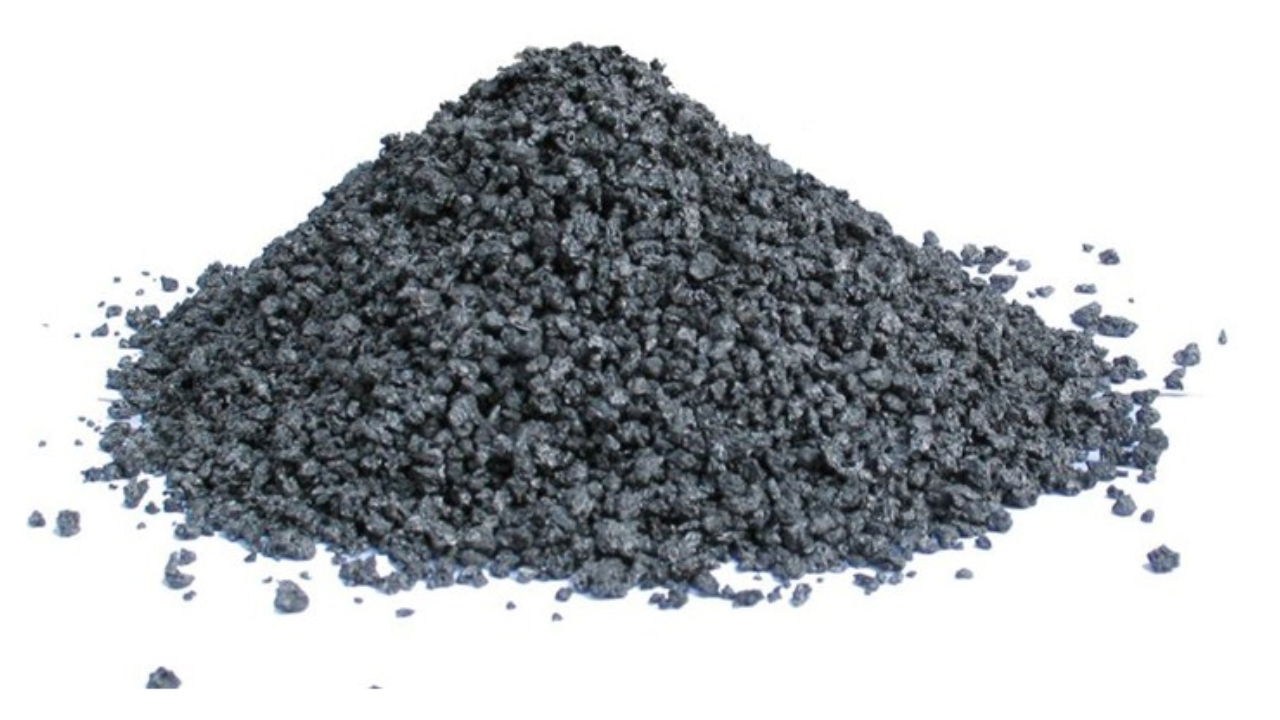
Flake graphite is created under very high pressure and heat deep in the earth’s crust, usually during regional metamorphism at plate boundaries. Here organic-rich sediments get compressed by pressures around 75,000 psi and temperatures nearing 750°C. This converts carbon-rich material into crystalline graphite flakes.
Extraction starts by mining by either digging open pits or underground tunnels depending on how deep deposits are. The ore gets crushed and milled to break graphite flakes off surrounding rocks. Froth flotation is the main processing method in extraction that uses graphite’s water-repelling properties. Air bubbles go through crushed ore slurry. This makes graphite flakes stick and float up to the surface.
After froth flotation, the concentrate goes through more processing to increase purity. Depending on the deposit, flake graphite can reach a carbon content of 90-97% by using these methods.
Physical and Chemical Properties of Flake Graphite
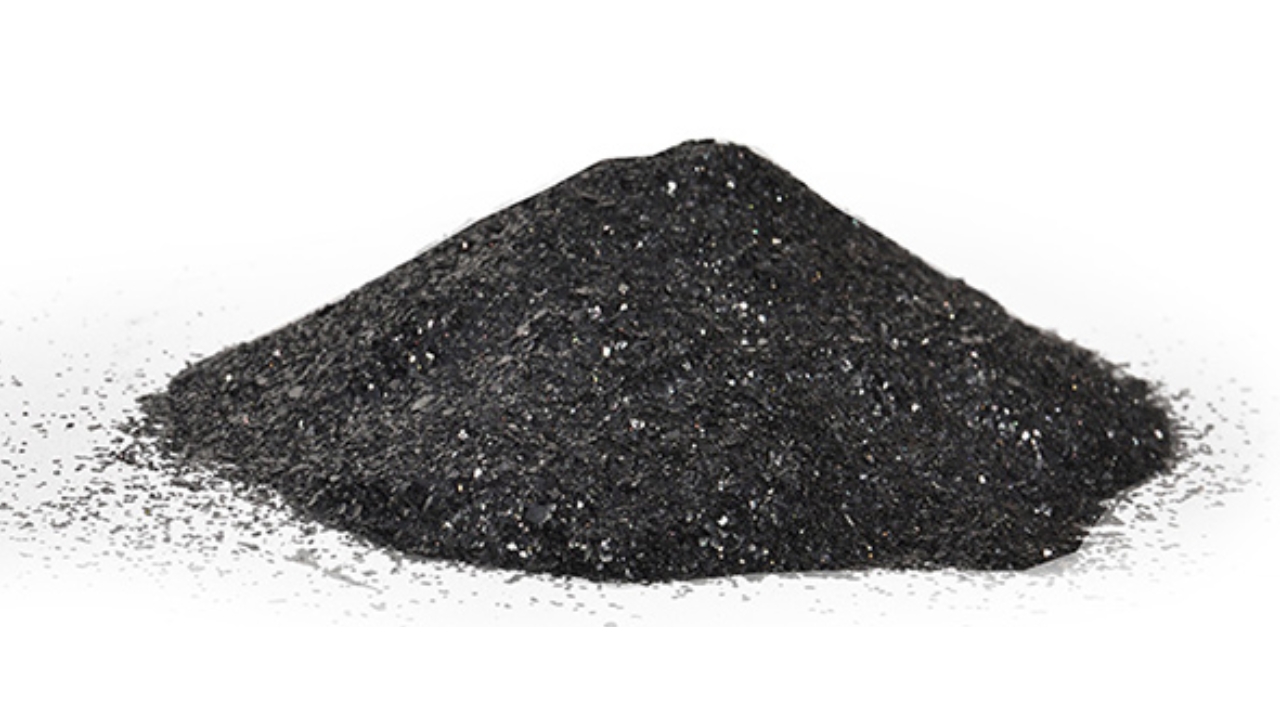
| Property | Description |
| Physical Properties | |
| Structure | Layered hexagonal lattice with sp2 bonded carbon atoms |
| Hardness | 1-2 on Mohs scale |
| Luster and Color | Metallic luster, Dark gray to black color |
| Conductivity | Extraordinary electrical conductivity, up to 100 times more than non-metals. Also a great thermal conductor, with maximum in-plane conductivity of 2800 W/m K at 80 K. |
| Density | 2.09-2.23 g/cm³ |
| Cleavage and Fracture | Perfect basal cleavage, flexible but not elastic |
| Chemical Properties | |
| Composition | 80-99.9% carbon content |
| Chemical Inertness | Resistant to alkalis, acids and organic solvents at room temperature |
| Purification | Can be purified to 99.9% using acid washing methods |
Types of Flake Graphite
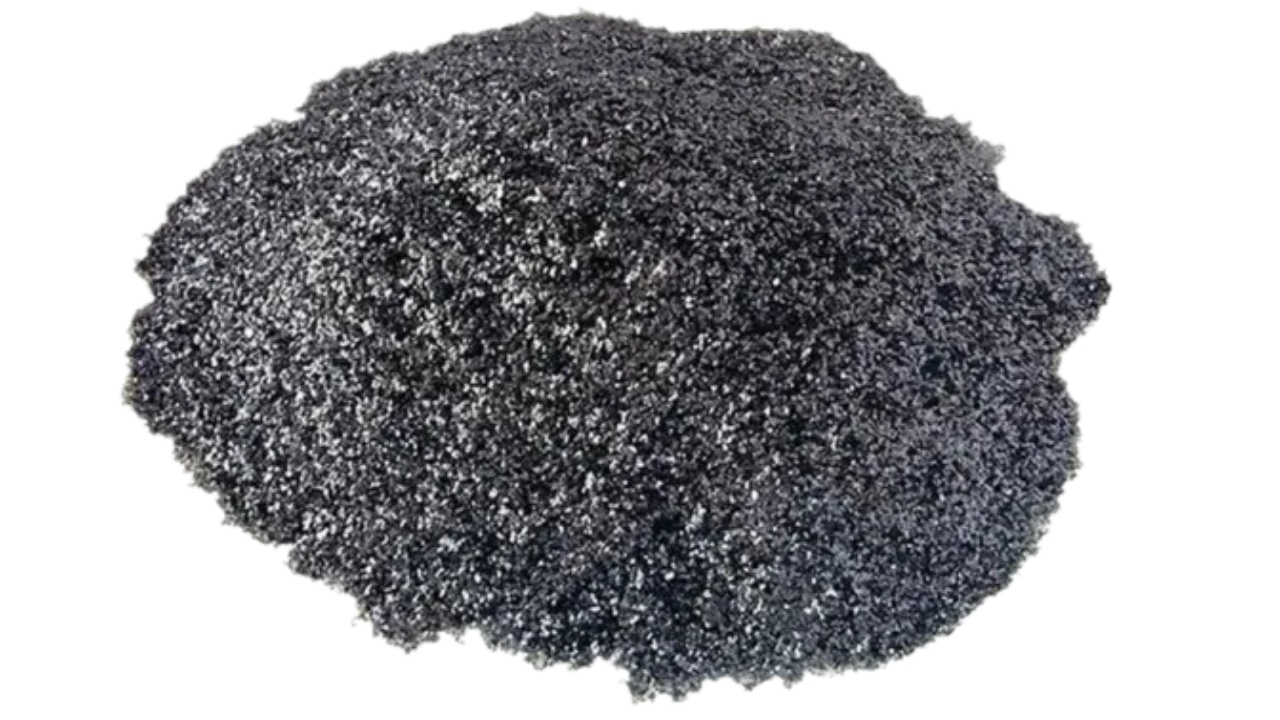
Flake graphite is available in many different types and each type differs from the other because of variation in the particle’s purity and size.
Jumbo Flake Graphite
Jumbo flake graphite usually measures over 500 micrometers. It is the most valuable and biggest type. It has high prices because of its superior performance in high-end uses. Jumbo flakes provide extraordinary heat properties and electrical conductivity which make them perfect for advanced heat management systems and lithium-ion batteries.
Large Flake Graphite
Large flake graphite is 300 to 500 micrometers in size. It shares many features with jumbo flakes but is more readily available. It’s mostly used to produce refractory materials, expandable graphite and good quality lubricants. Large flakes give great electrical and thermal conductivity.
Medium Flake Graphite
Medium flake graphite is 150 to 300 micrometers and gives a balance between cost-effectiveness and performance. Medium flakes are mostly used as additives in rubbers and plastics, in foundry facings and brake linings. They provide good lubricity and heat conductivity to improve the properties of lubricants and composite materials.
Fine Flake Graphite
Fine flake graphite has the smallest particles which are usually under 150 micrometers. They mostly get used in conductive coatings, pencil leads and additives in many materials. Fine flakes give better distribution in matrices and are good in uses that need consistent graphite particle distribution.
High Purity Flake Graphite
High purity flake graphite has over 99% carbon. It gives superior chemical stability, density and strength. This type is very important for applications that need minimal impurities like nuclear energy and advanced electronics. Its high conductivity and compact structure make it the best for high-tech industries.
Expandable Flake Graphite
Expandable flake graphite is made by treating natural graphite with oxidizers and acids. When heated to 200°C, it expands up to 300 times the original size. This material expands 30-400 cm3/g and is used in heat management, flame retardants and as a sealant in chemical plants.
Amorphous Flake Graphite
Non-crystalline flake graphite, despite its name, has a microcrystalline nature. It has a density of 2.2 g/cc and forms through the metamorphism of anthracite coal seams. This type has lower cost and reflectance. This makes it suitable for coatings, lubricants and applications needing mild abrasion.
Acid-intercalated Graphite Flake
These are processed with acids to better their molecular insertion between the graphite layers. This improves surface area, mechanical properties and conductivity. The increased chemical reactivity makes these flakes useful for chemical sensors, conductive inks and energy storage devices.
Industrial Applications of Flake Graphite
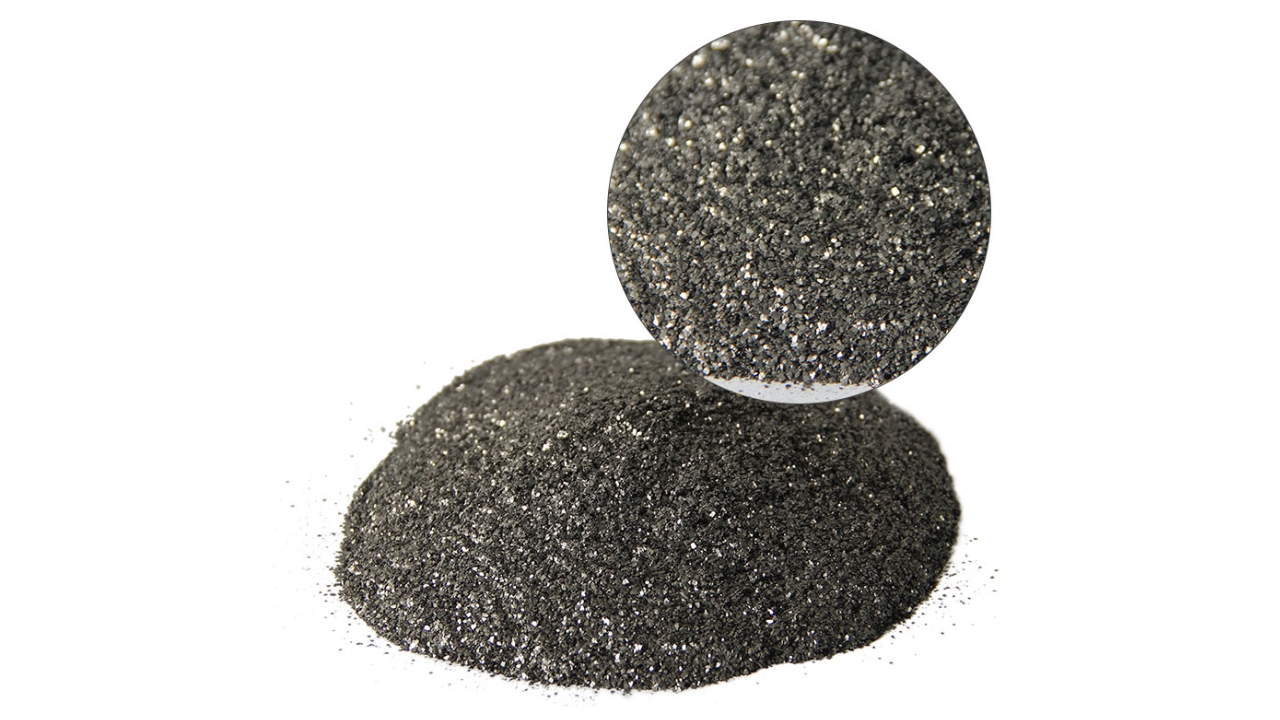
You’ll see flake graphite getting used in many industries. This is due to its distinct properties. Let’s take a look at some of its uses:
Refractories
Flake graphite is broadly used in refractories because of its resistance to very high temperatures and great thermal conductivity. It’s a key material in the formation of ladles, crucibles, nozzles, molds, and troughs utilized in steel casting processes. Adding flake graphite improves slag erosion resistance and thermal shock resistance of these refractory materials.
Metallurgy
In metallurgy, flake graphite serves as a carbon raiser to strengthen steel. It’s also used in foundry facing mold wash to help separate cast objects from molds. Its extraordinary thermal conductivity makes it appropriate for blast furnace linings in iron production.
Lubricants
Flake graphite’s layered crystal structure makes it an outstanding lubricant. It’s used in many mechanical industries, particularly in high-pressure and high-temperature environments where normal lubricants fail. Graphite emulsions made from flake graphite work as amazing lubricants in metal processing like tube and wire drawing.
Batteries
In the fast-growing electric vehicle (EV) sector, flake graphite is very important for lithium-ion battery anodes. A single Nissan Volt battery needs 55 kg of graphite. Flake graphite’s lithium ion diffusion and great electron conductivity make it the perfect option to use in battery applications.
Thermal Management
Flake graphite has high thermal conductivity which makes it important for thermal management uses. This material is used in the manufacturing of heat spreaders for electronic gadgets and thermal interface materials.
Top 5 Benefits of Flake Graphite

Flake graphite gives many benefits which make it a preferred choice for many uses. Let’s take a look at some of these advantages:
- Extraordinary Electrical Conductivity: Flake graphite’s layered crystal structure lets electrons move freely which gives it its superior electrical conductivity. This property makes flake graphite perfect for uses in batteries, particularly lithium-ion batteries in electric vehicles.
- Lightweight yet Strong: Despite having low density, flake graphite has great durability and strength. This combination makes it very important in uses where strong but lightweight materials are needed, like automotive manufacturing and aerospace.
- Eco-Friendly and Sustainable: Flake graphite is much more environment friendly than synthetic alternatives as it is found naturally and a very little energy gets used for its processing.
- Expandable Abilities: Flake graphite can be processed into expanded graphite. This new graphite has distinct characteristics like adsorption capabilities and compression resilience and it gets used in medical dressings, fireproofing and sealing materials.
- Cost-Effectiveness – Compared to synthetic graphite, natural flake graphite mostly gives a more cost-effective option for many industrial uses. Its lower price paired with its extraordinary performance makes it an attractive choice for manufacturers who want to minimize their production costs.
Conclusion

In summary, flake graphite is an adaptable material and is a naturally occurring form of carbon with extraordinary heat and electrical physical characteristics. It’s different sizes and types make it appropriate for many industrial uses, from lubricants to batteries and refractories. The material’s affordability, sustainability and special expandable traits make it very important across many sectors.
Want good quality flake graphite for your particular needs? Contact Eastcarbon today.
Eastcarb Flake Graphite
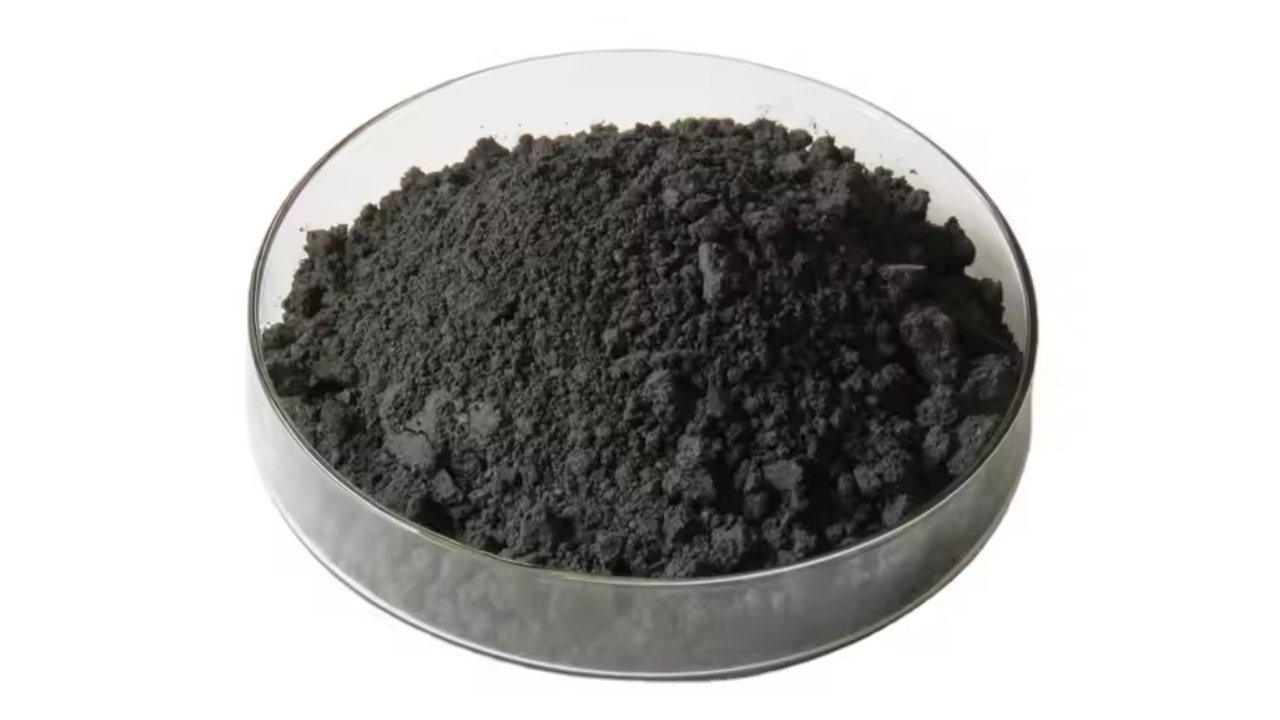
Eastcarbon provides flake graphite for many industrial uses in China. We give different flake sizes, from fine to jumbo, with up to 99.9% carbon content.
We also customize solutions for distinct customer needs. Our advanced manufacturing process makes sure of consistency and precision in all our products. EastCarbon’s strict quality control as per ISO9001 standards and modern production technologies guarantee superior flake graphite for uses like lubricants, battery making and thermal management applications.
FAQs
What purity levels are available for your flake graphite?
Our flake graphite comes in purities ranging from 80% to 99.9% carbon content. The most common grades are 99.5-99.9% for high-tech applications like batteries and 94-97% for industrial uses.
How does flake graphite compare to synthetic graphite in terms of performance?
Flake graphite mostly outperforms synthetic graphite on electrical and thermal conductivity. It’s also more eco-friendly and cost-effective. However, synthetic ones can attain higher purities for specialized uses.
Is your flake graphite suitable for use in battery production?
Yes, our high-purity flake graphite (99.5%+) is great for lithium-ion battery anodes. It has extraordinary conductivity and a high lithium ion diffusion coefficient which is very important for battery efficiency.
What sizes does flake graphite come in?
Flake graphite has four main sizes:
- Jumbo flake: +35 mesh or +500 microns
- Large flake: -35 to +50 mesh (300-500 microns)
- Medium flake: -50 to +80 mesh (150-300 microns)
- Fine flake: -80 mesh and smaller than this
What is the price of flake graphite?
Flake graphite prices differ based on flake size, purity and market conditions. Prices commonly range from $500 to over $2,000 per metric ton. High-purity grades and large flakes cost more because of advanced uses like electronics and batteries.




